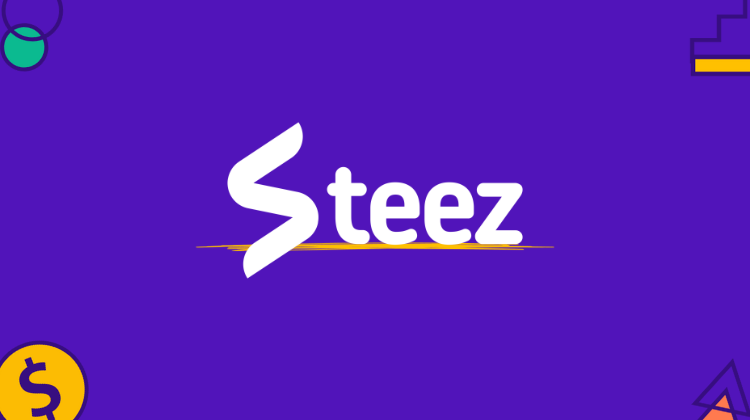Member Exclusive, Modern Marketing
Marketing Briefing: Understanding the Gen Z consumer – A Steez bonus feature
- Steez, Tearsheet and Publicis Sapient’s exploration into understanding the Gen Z consumer, is approaching completion.
- For this week’s marketing briefing, you’re getting a bonus Steez feature and a glimpse of what’s to come.








